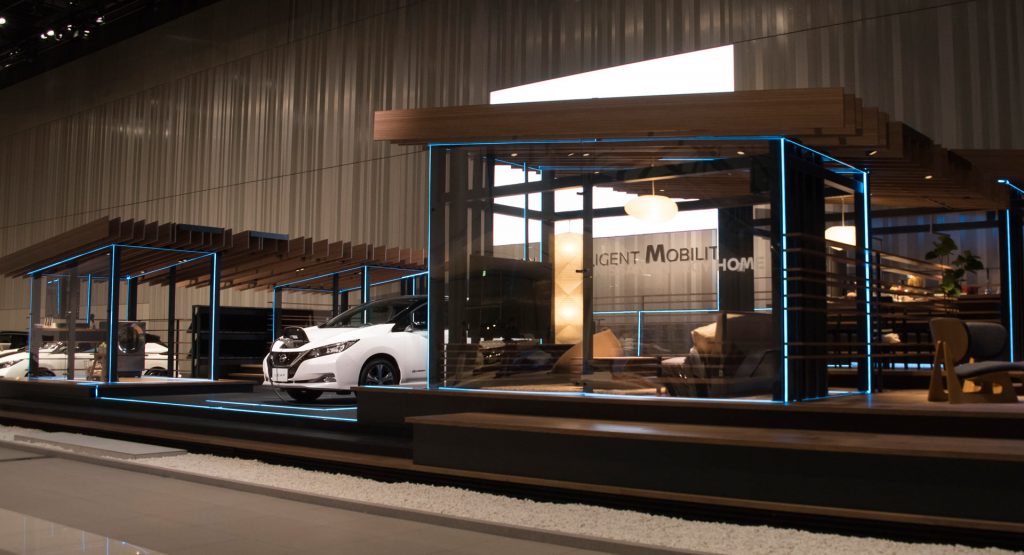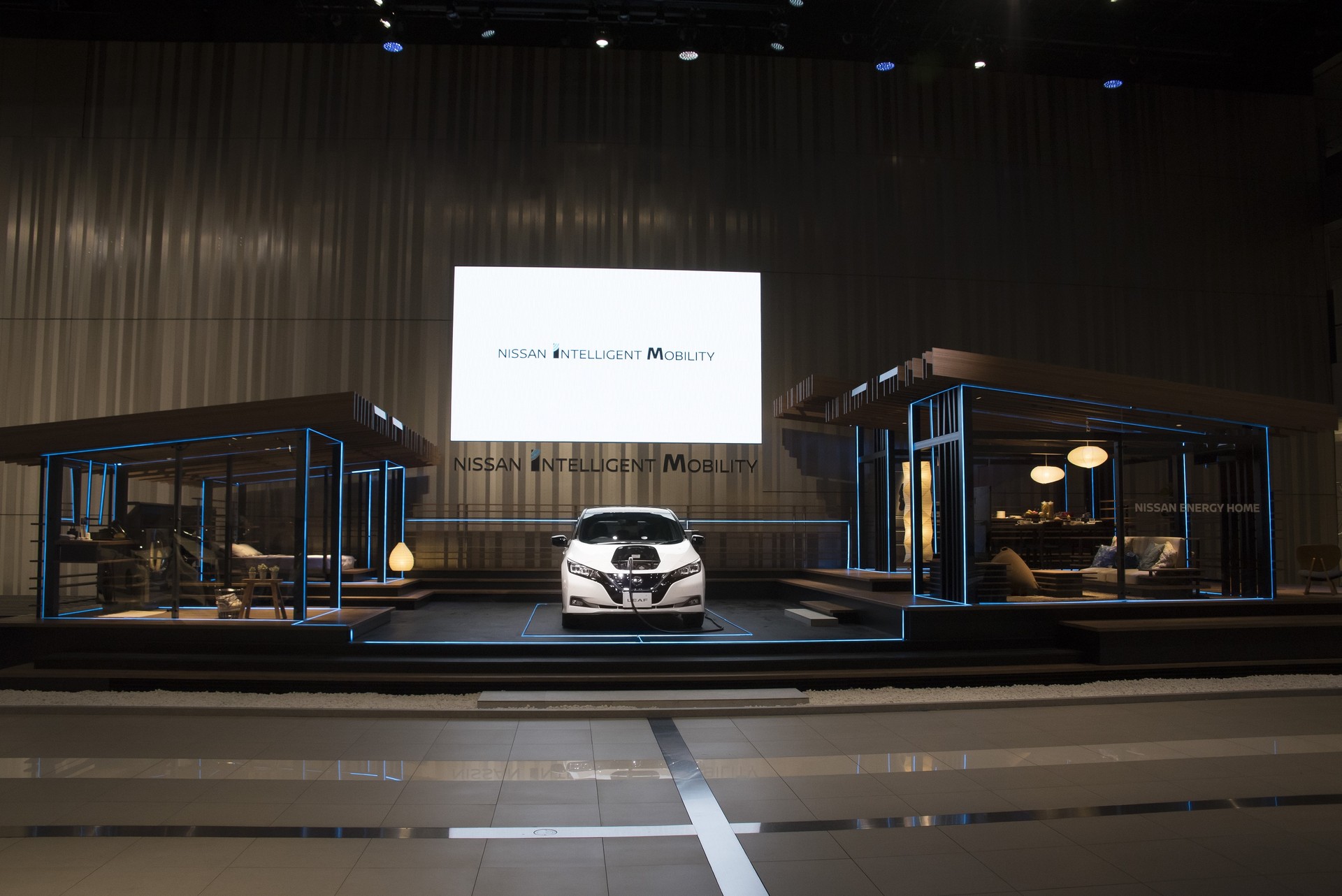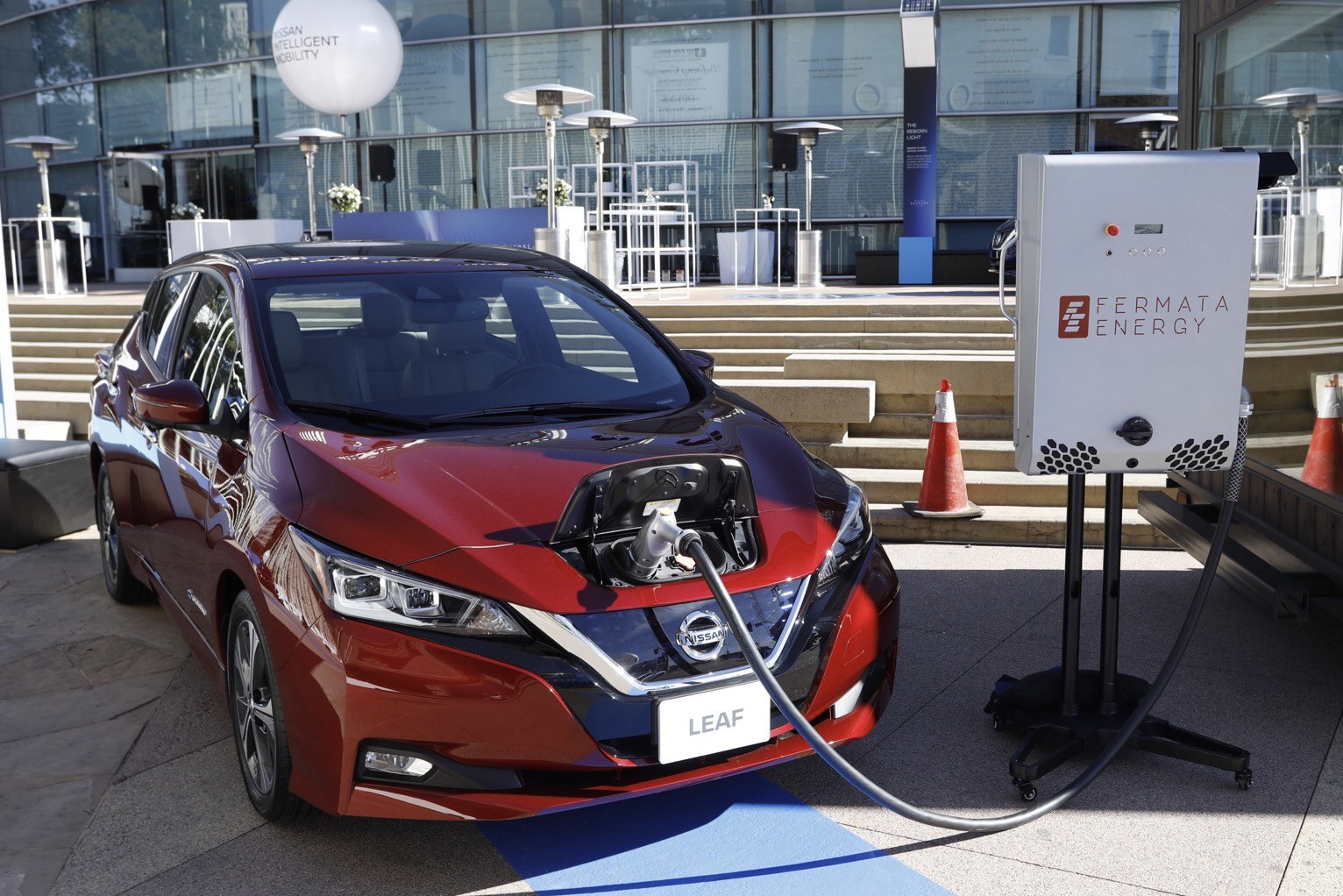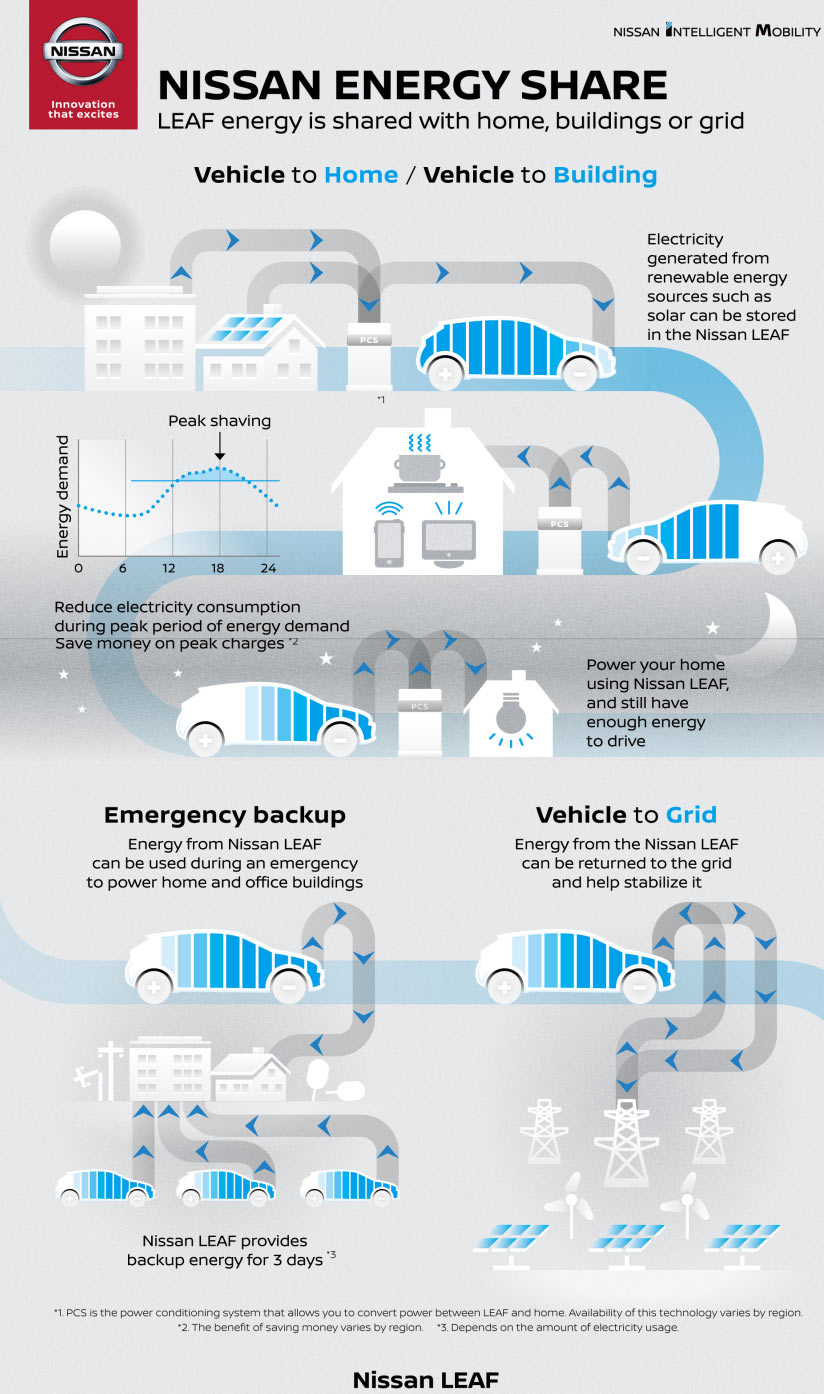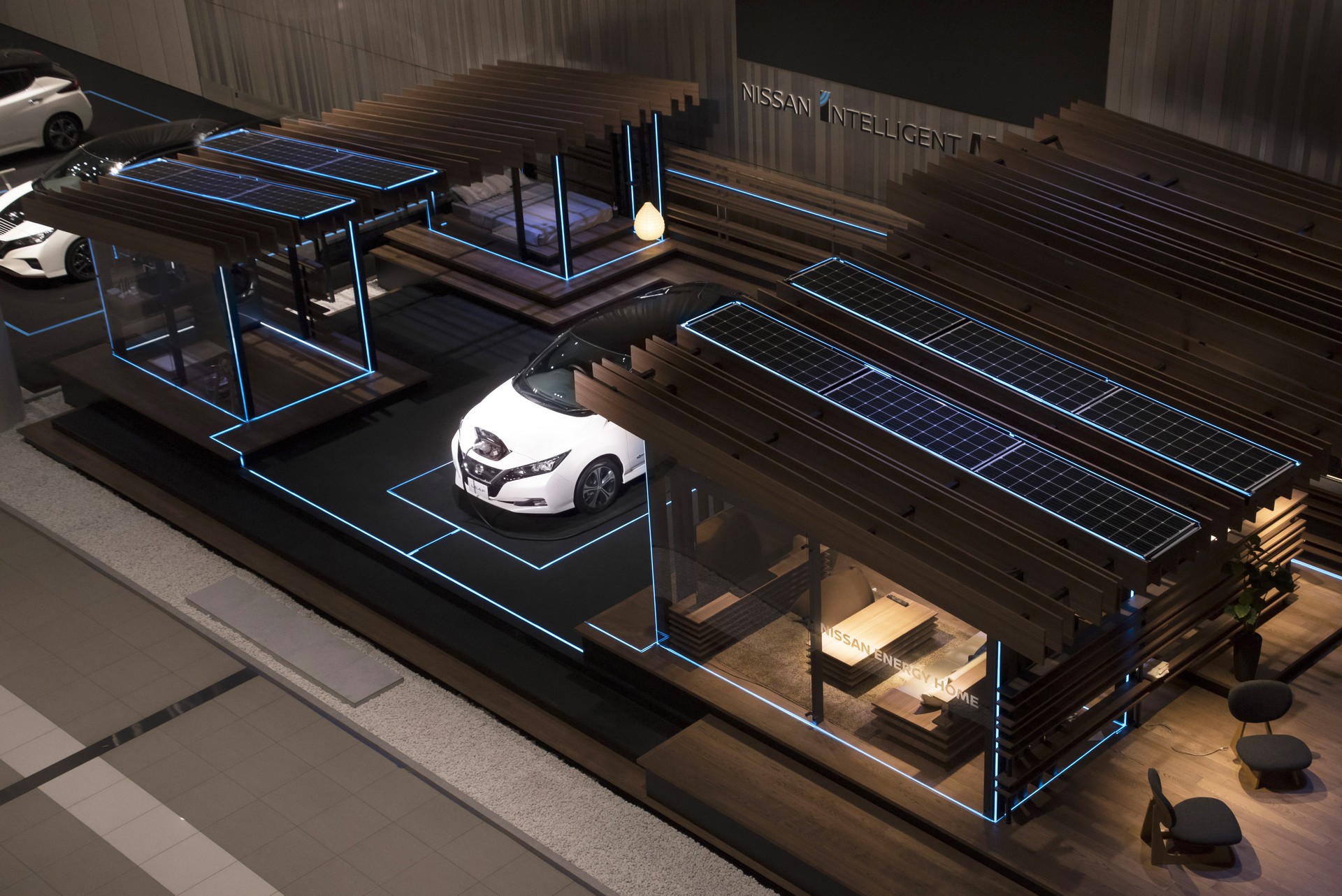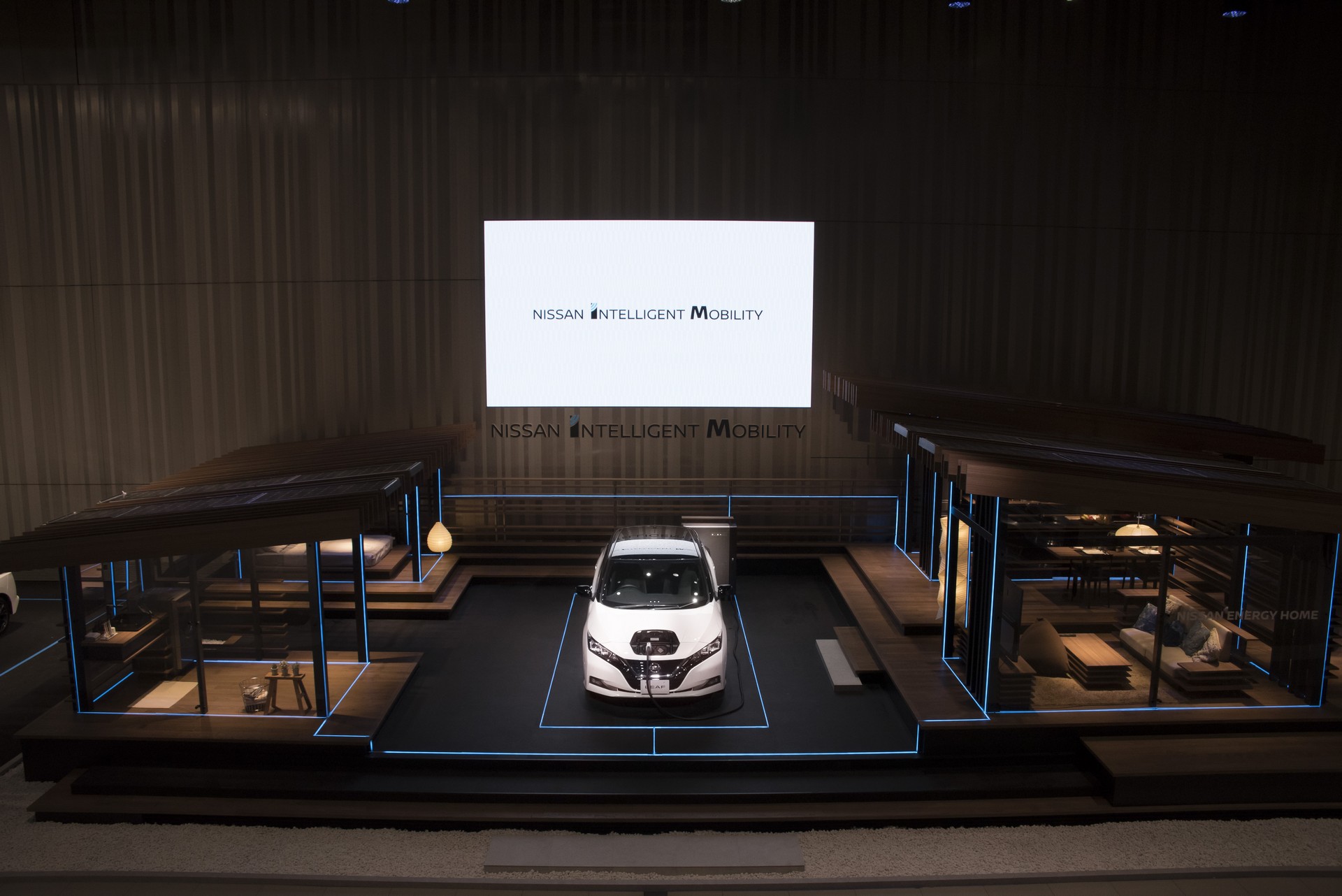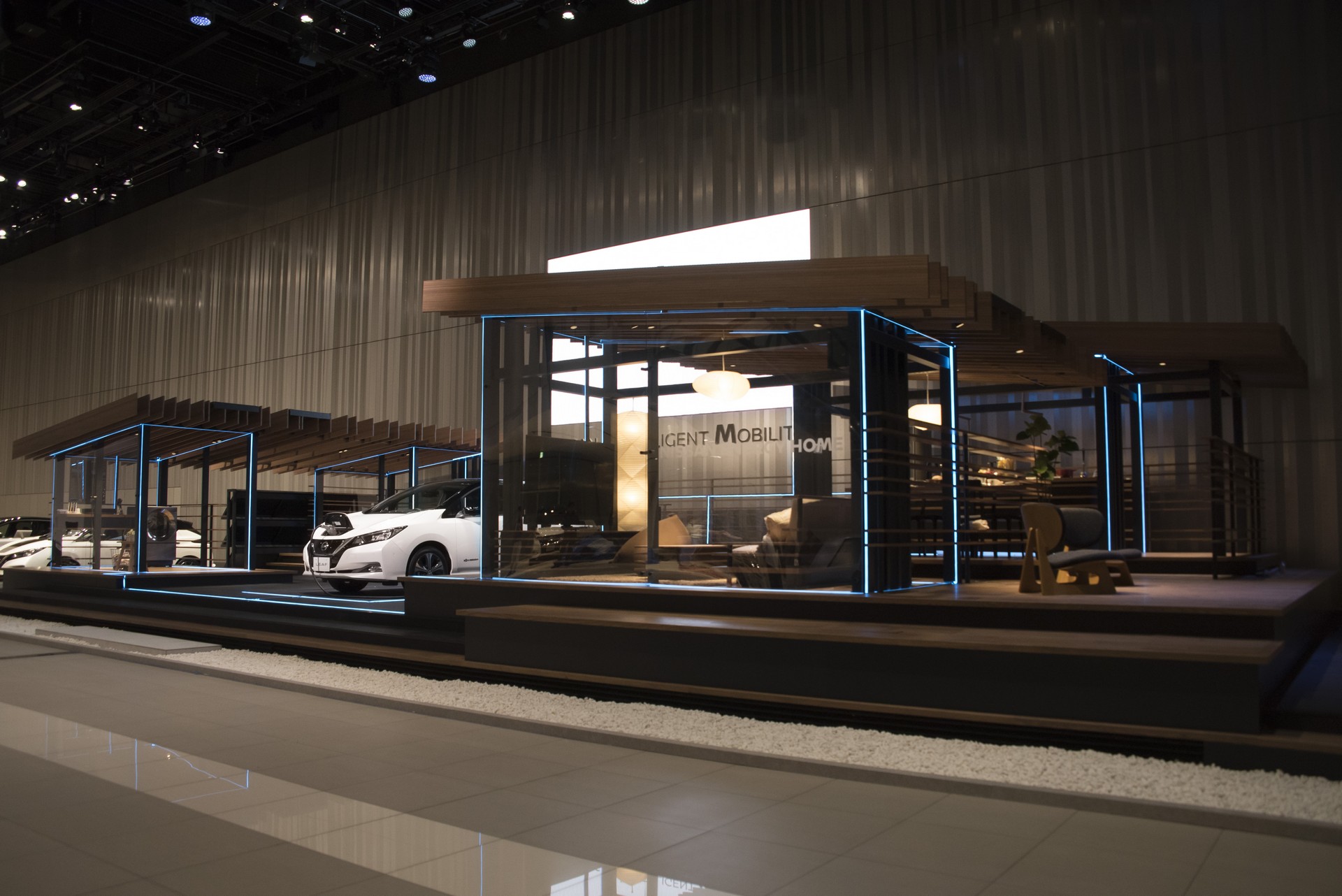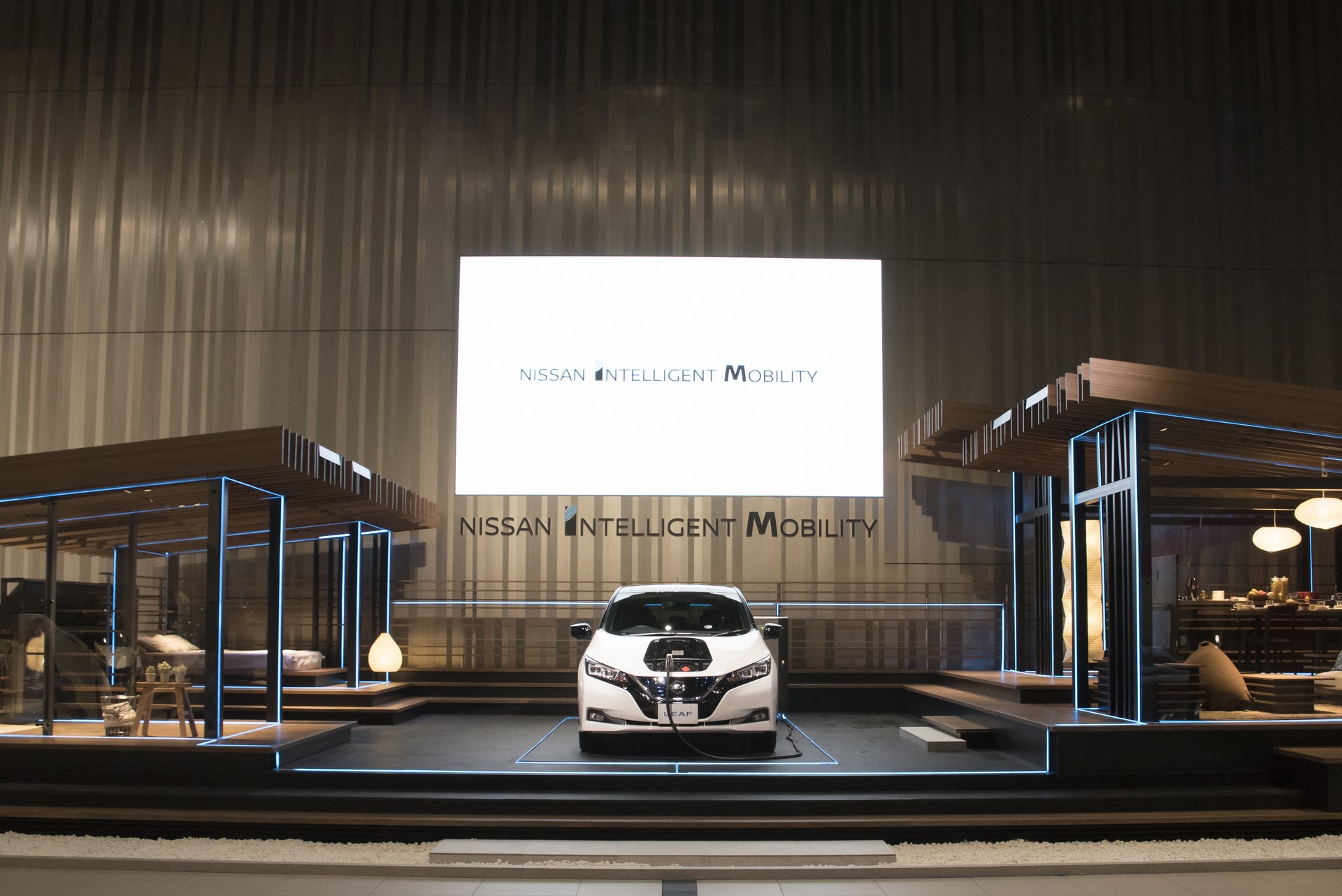The Nissan Leaf is the best selling electric vehicle ever, and the automaker is looking to make it even more useful by introducing new and convenient ways to utilize its battery packs to store and share energy.
While this isn’t a new concept, Nissan plans to take energy sharing far beyond the electrical grid. In effect, the automaker wants to create a so-called “electric vehicle ecosystem.”
Under a new plan called Nissan Energy, the company will launch three separate efforts dubbed Nissan Energy Supply, Nissan Energy Share and Nissan Energy Storage. The first effort aims to streamline home charging as Nissan wants to assist customers with verifying whether or not their charging equipment can be safety connected to electric vehicles.
The Nissan Energy Share is the most interesting of the three. Since the company has electric vehicles with more than 10 GWh of storage already on the road, Nissan wants to tap into their potential.
As part of this initiative, the company is working with partners to develop inexpensive equipment to popularize vehicle-to-home (V2H) technology. In effect, the battery of the Nissan Leaf could be used to power the owner’s home during a blackout or used to power the home when electric rates are higher during peak demand.
To promote the technology, the company unveiled the Nissan Energy Home at its Headquarters Gallery in Yokohama, Japan. It’s essentially a demonstration house that features solar panels and electricity provided by a Leaf. During the day, the solar panels generate electricity for the car so it can power the home during the night.
The vehicle-to-building (V2B) is similar, but it involves powering buildings and businesses instead of homes. These types of locations have higher energy demands, but this can be meet if companies use a fleet of electric vehicles. As Nissan noted, a V2B system can “involve hundreds of vehicles to realize major cost savings for a company.” Full-scale trials are currently underway and Nissan expects to bring the technology to market next year.
The vehicle-to-grid (V2G) effort is probably the one most people are familiar with. Electric vehicles can be recharged at night when electricity demand is low and rates are more affordable. They can then feed power back to grid when demand is higher and rates are more expensive. This could potentially allow customers to make a little bit of cash by simply keeping their electric vehicle connected to the grid when not in use.
The final pillar of the plan is called Nissan Energy Storage. It focuses on finding secondary uses for old battery packs which have been refurbished. They can be used for everything from powering forklifts to being connected in series to create a massive power bank for backup electricity.








